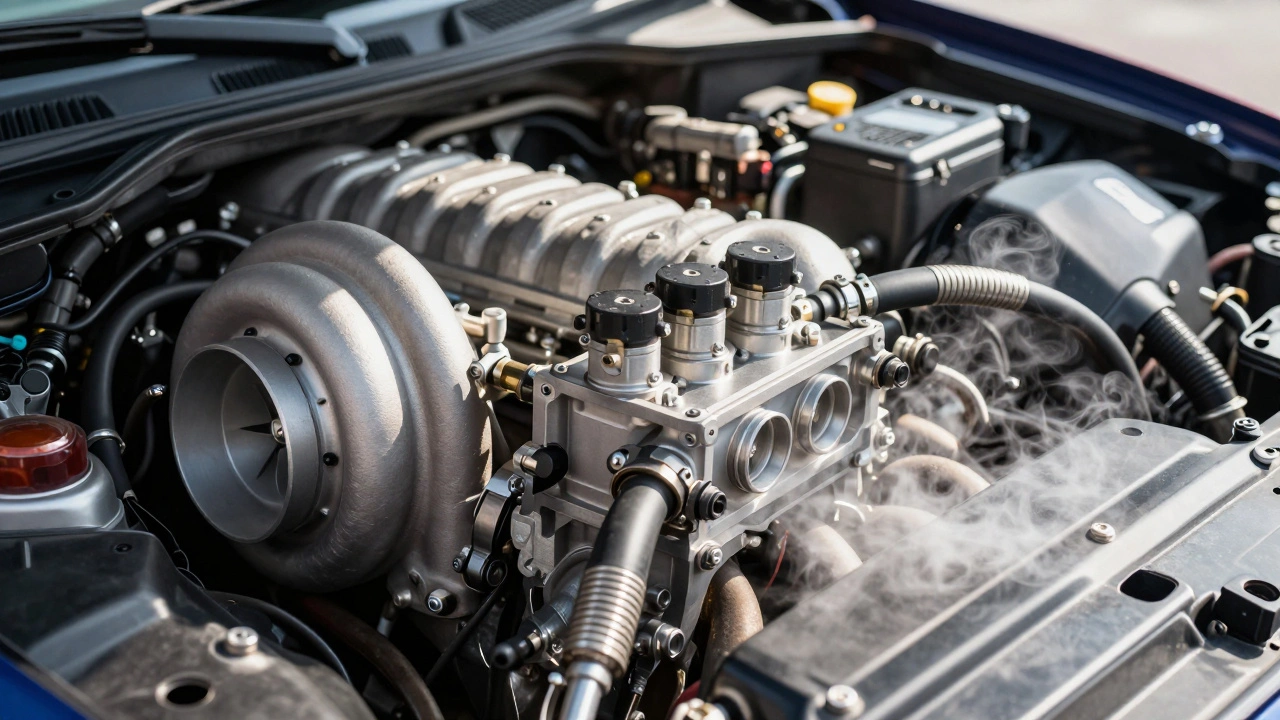Truck Specs: Understand Key Features, Capabilities, and What Matters Most
When you look at truck specs, the measurable characteristics that define a truck’s performance, capacity, and design. Also known as vehicle specifications, these numbers tell you whether a truck can handle your job, your gear, or your weekend adventures. It’s not just about horsepower or bed length—it’s about what those numbers actually mean for you on the road, on the job site, or hauling your trailer to the lake.
Two of the most important payload capacity, the total weight a truck can carry inside its cab and bed, including passengers and cargo and towing capacity, the maximum weight a truck can pull behind it with a trailer are often mixed up. Payload is what you load into the truck. Towing is what you pull behind it. A truck with a 2,000-pound payload can’t carry a 3,000-pound camper in the bed—even if it can tow 10,000 pounds. And if you overload the payload, you risk damaging the suspension, brakes, or frame. These aren’t marketing numbers—they’re engineering limits.
Then there’s engine specs, the details about the engine’s size, power output, fuel type, and torque. A V6 might be fine for light hauling, but if you’re towing a boat or a horse trailer regularly, you’ll want a V8 or diesel with high torque. Torque isn’t just a buzzword—it’s what gets you moving from a stop with a heavy load. Truck dimensions like wheelbase and cab size matter too. A longer wheelbase gives you more stability when towing, but makes parking in tight spots harder. Crew cabs are great for passengers, but reduce bed space. You can’t have it all, so know what you need most.
And don’t forget the transmission, the system that transfers engine power to the wheels, whether automatic, manual, or dual-clutch. Most modern trucks use automatics with multiple gears—8, 10, even 12 speeds—to keep the engine in the right RPM range for power and efficiency. A truck with the right transmission will shift smoothly under load, not lug or over-rev. It’s not just about how fast it goes—it’s about how well it handles the work.
Truck specs also include things like ground clearance, axle ratio, and tire ratings—all of which affect real-world performance. A higher axle ratio gives you more pulling power but hurts fuel economy. Lower ground clearance might look sleek, but it won’t last on rough roads or construction sites. These aren’t just specs on a brochure—they’re the difference between a truck that works for you and one that fights you every day.
Below, you’ll find real-world guides that break down what these specs mean when you’re choosing a truck, maintaining it, or upgrading parts like bed liners or suspension. No fluff. No jargon. Just what you need to know to make smart decisions about your vehicle.

Payload Calculations for Pickup Trucks: Real-World Scenarios
- 15 Comments
- Oct, 5 2025
Learn how to calculate real-world payload for pickup trucks using actual weights, not manufacturer claims. Avoid overloading with practical tips and scenarios from daily use.




